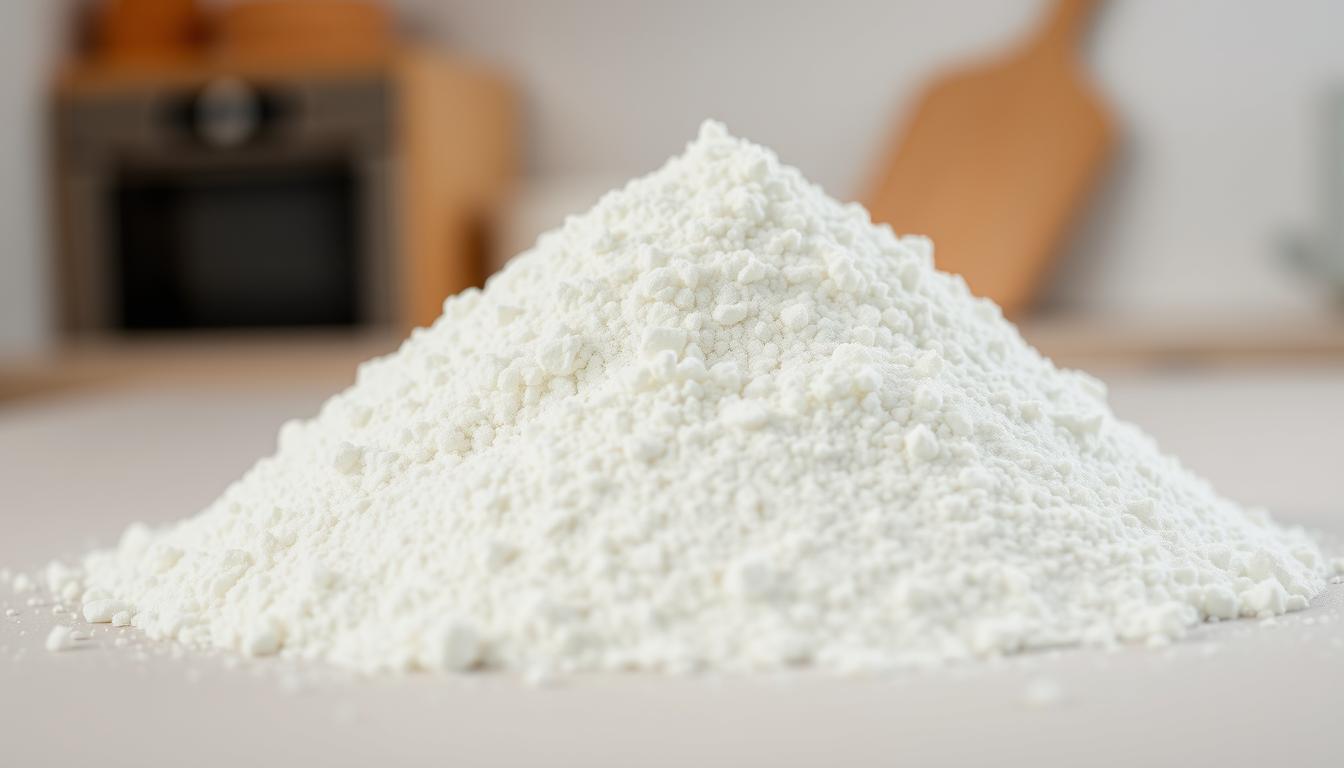Trending searches
Trending searches

Elevate Your Chicken Soup with Egg Science and Modernist Magic
SUBSCRIBE TO OUR BLOG
Promotions, new products, and recipes.
There’s something deeply comforting about a bowl of chicken soup—but with a few culinary tweaks and a touch of food science, you can turn that simple staple into a dish worthy of a French bistro: Velouté de Poulet.
The Egg Upgrade
Whisking an egg into your soup does more than add protein—it transforms texture and flavor. As the egg sets, its proteins form delicate ribbons that add instant body and a luscious mouthfeel. Think of Italian stracciatella or Greek avgolemono soups—those silky, slightly thickened broths feel rich even without cream.
The science behind it? Egg proteins denature and re-form, capturing broth particles and distributing seasoning more evenly across your palate. The result: a deeper, rounder, more satisfying taste.
The Secret Is in Tempering
To avoid clumping or scrambled egg bits, use the classic tempering method:
-
Whisk one raw egg in a small bowl.
-
Slowly drizzle in a ladle of your hot broth while stirring constantly.
-
Once warmed, pour the egg mixture back into the pot in a thin stream, stirring gently.
Keep the soup at a soft simmer—not a rolling boil—to let the egg set smoothly. The reward is either fine threads or a creamy emulsion, depending on how vigorously you stir.
Seasonings That Sing
A squeeze of lemon juice and a sprinkle of black pepper cut through the richness. Fresh dill, parsley, or even a hint of nutmeg complements the egg’s creaminess beautifully. These flavors add a lively top note to an otherwise mellow broth.
Modern Food Science Enhancements
Professional chefs often rely on natural hydrocolloids to bring consistency and refinement to soups—and you can too.
-
Xanthan Gum: A tiny pinch suspends vegetables, herbs, and egg ribbons evenly so nothing sinks to the bottom.
-
Guar Gum: Adds body and a “slow-simmered” mouthfeel without the heaviness of cream.
-
Locust Bean Gum: When paired with xanthan, it creates an ultra-smooth, velvety broth—almost like a light velouté.
-
Citric Acid: Provides a bright, controlled tang when fresh lemon isn’t handy.
All of these are plant-based and beloved by chefs worldwide for elevating classic comfort foods into something quietly extraordinary.
🧪 Cape Crystal Insight
At Cape Crystal Brands, we love showing how small ingredient tweaks can transform simple dishes into culinary experiences. Whether you’re whisking up a modern avgolemono or exploring soup stabilization for meal prep, these natural hydrocolloids help you achieve restaurant-quality texture right at home.
Explore more: Ingredient FAQ Hub | Thickeners & Stabilizers

|
About the Author Ed is the founder of Cape Crystal Brands, editor of the Beginner’s Guide to Hydrocolloids, and a passionate advocate for making food science accessible to all. Discover premium ingredients, expert resources, and free formulation tools at capecrystalbrands.com/tools. — Ed |
Related Posts

New Era of Ingredient Transparency? How Congress, Industry and Regulators Are Colliding Over Food Dyes and Additives

Key Things to Know About Using Sodium Alginate in Food

Why the Demand for Xanthan Gum is Soaring: What that Means for Gluten-Free Bakers
Enjoyed this post? Subscribe to The Crystal Scoop
Food-science tips, ingredient know-how, and recipes. No spam—unsubscribe anytime.
- Choosing a selection results in a full page refresh.
POLICY PAGES
QUICK LINKS
Guar Gum
Cape Crystal Brands, 18 Bank St., Suite 1, Summit NJ 07901.
- Phone: +1 908-273-5600
- Email: info@capecrystalbrands.com
- Tax ID: 26-2477626000
- FDA Facility Registration # 16980627550
- Kosher Certified: OKosher.org
Country/region
© 2025, Cape Crystal Brands | Sitemap
